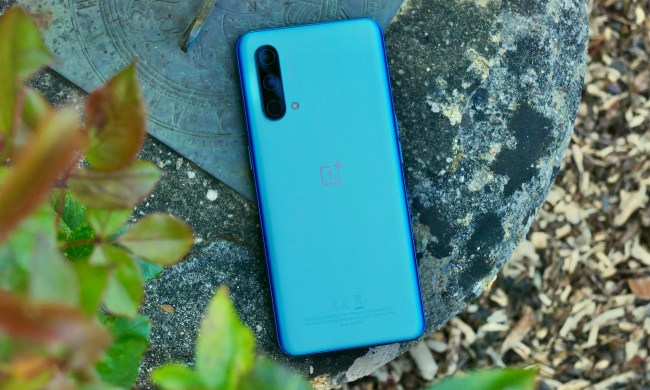Lots of other popular online services have done it, and now Uber has joined the club.
We’re talking about lightweight apps for those with unreliable connectivity, limited data plans, or mobile devices with a small amount of storage. Such apps are usually targeted at emerging markets where internet infrastructure is continuing to be developed.
Uber Lite was “built in India” but “designed for the world,” the company wrote in a blog post announcing the new app. But India’s population of 1.3 billion people is the initial target for Uber’s new app.
Currently Android-only Uber Lite uses just 5MB of storage — that compares to more than 280MB for the full iOS version (storage for its regular Android app “varies with device”).
Uber’s Shirish Andhare, who takes care of the company’s products for emerging markets, says the new app features a “300-millisecond response time (literally the blink of the eye),” promising that “the booking process is fast even in low connectivity.”
The team has managed to retain many of the core features of the regular Uber app, including in-app support and the ability to share a trip with friends and family.
A new way of doing things
But as you’d expect, there are some differences.
With Uber Lite, you’ll only be offered a map when you ask for one, a process that requires just a single tap. When you choose not to use maps, the app will provide a progress bar showing how close your driver is getting to your pick-up point.
A “guided pickups” feature determines your current location, though if GPS or network issues make this difficult, the app will automatically surface popular pick-up points nearby, one of which you can select with a tap.
In fact, Uber Lite works to prioritize tap over type in an effort to speed up the ride-request experience. It does this using its A.I. smarts to work out how you use the app, such as which routes you take most often. It will then offer these as one-tap selections when you open the app, saving you from having to type anything in.
Andhare says the launch of Uber Lite is “just the start” as it plans to add further updates “like the ability for riders to choose their preferred language for the app during sign up, and request a ride even when they are offline.”
Following India, Uber Lite will launch in additional countries later this year. India is now Uber’s most important Asian market after the company exited China and south-east Asia in the last couple of years. The ridesharing service launched there five years ago and has around 450,000 drivers in more than 30 cities across the country.
Other popular online services have launched lite versions in recent years, among them Facebook, Messenger, Google, Twitter, Skype, and LinkedIn.


